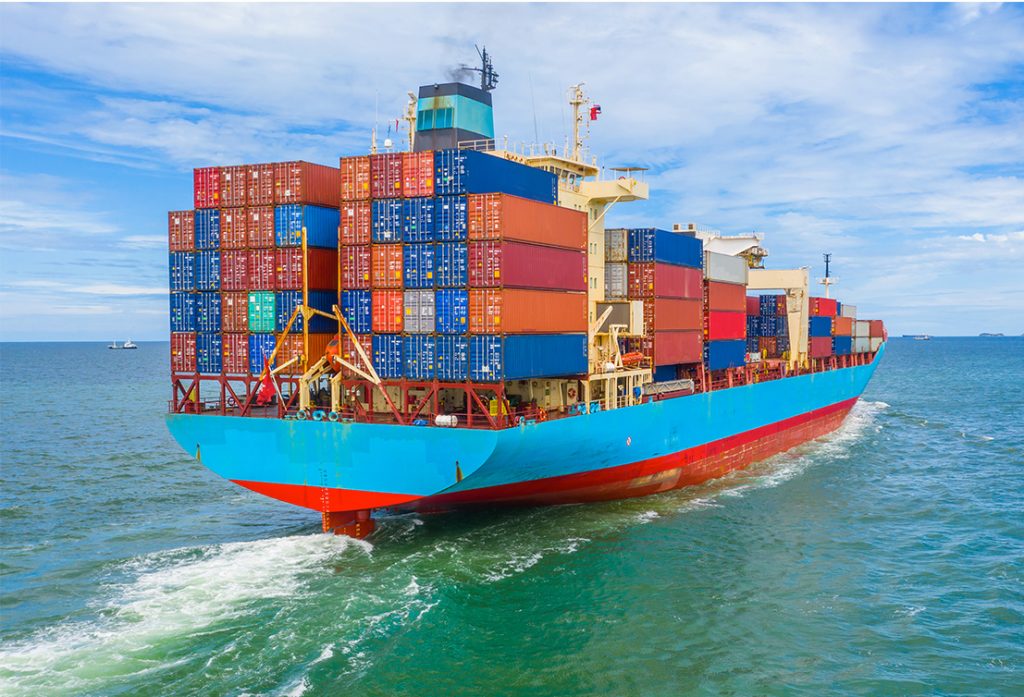
Sea freight plays a crucial role in international trade, enabling the transportation of goods across vast distances. Understanding how sea freight is calculated is essential for businesses and individuals involved in global shipping. In this comprehensive guide, we will delve into the intricacies of sea freight calculations, exploring the key factors and formulas used to determine shipping costs.
- Weight and Volume:
One of the primary factors in sea freight calculations is the weight and volume of the cargo. Shipping companies use two methods to determine the chargeable weight: gross weight and volumetric weight. Gross weight refers to the actual weight of the cargo, while volumetric weight considers the space it occupies. The higher of the two is used to calculate the shipping cost. - Freight Class:
Freight class is another crucial aspect of sea freight calculations. It categorizes goods based on their characteristics, such as density, stowability, and handling requirements. Each class has a corresponding freight rate, which is used to calculate the shipping cost. It is important to accurately determine the freight class to avoid under or overpaying for shipping. - Distance and Route:
The distance and route of the shipment significantly impact sea freight calculations. Shipping companies consider the origin and destination ports, as well as the distance between them. Longer distances and more complex routes may incur higher shipping costs due to factors like fuel consumption, tolls, and additional handling. - Container Type and Size:
The type and size of the container used for shipping also affect the calculation of sea freight. Different containers have varying capacities and specifications, and their availability can influence pricing. Common container types include standard dry containers, refrigerated containers, open-top containers, and flat racks. Choosing the appropriate container is crucial to optimize shipping costs. - Additional Charges:
In addition to the core factors mentioned above, several additional charges may be included in sea freight calculations. These charges can include customs fees, insurance, terminal handling charges, documentation fees, and fuel surcharges. It is essential to consider these additional costs to accurately estimate the total shipping expenses.
Conclusion:
Understanding how sea freight is calculated is vital for businesses and individuals involved in international trade. By considering factors such as weight and volume, freight class, distance and route, container type and size, and additional charges, one can accurately estimate shipping costs. This comprehensive guide has provided valuable insights into the intricacies of sea freight calculations, empowering you to make informed decisions and optimize your shipping operations.



